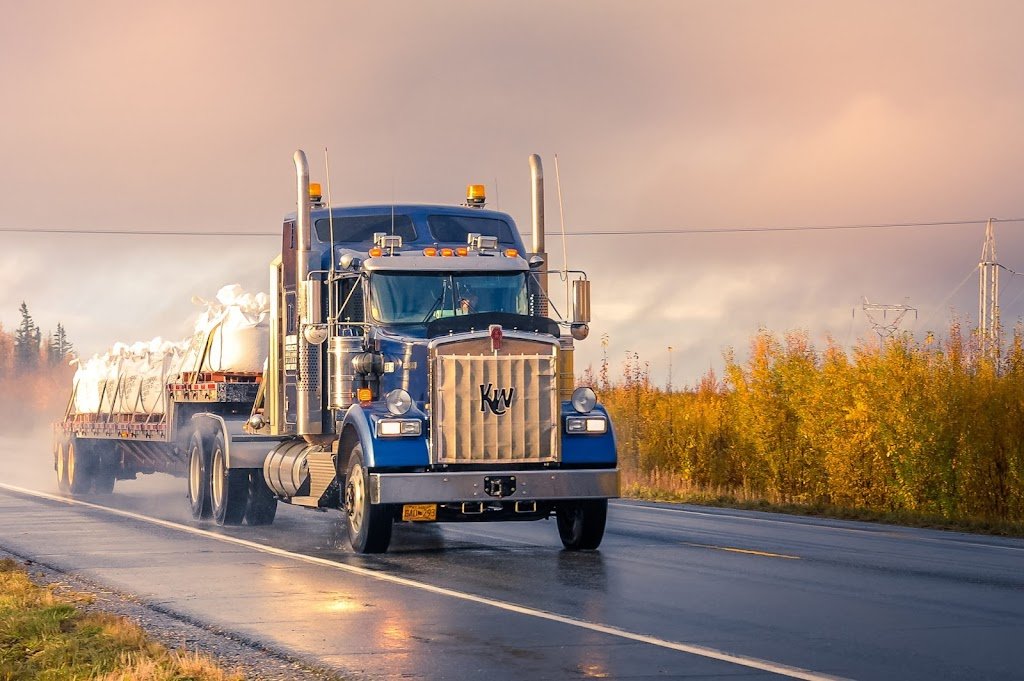Introduction
Trucking is the lifeblood of the American economy, serving as the essential artery that keeps goods flowing from coast to coast. From the smallest rural towns to bustling metropolises, trucks traverse the vast expanse of the United States, delivering everything from groceries to construction materials. In this article, we delve into the intricacies of the trucking industry in the USA, exploring its significance, challenges, and future prospects.
The Significance of Trucking:
Trucking plays a pivotal role in the American economy, accounting for the movement of over 70% of the nation’s freight tonnage. Whether it’s delivering goods directly to consumers’ doorsteps or transporting raw materials to manufacturing plants, trucks are indispensable in facilitating commerce and trade. The efficiency and flexibility of the trucking industry make it a linchpin of the supply chain, enabling businesses to meet consumer demand promptly and reliably.
Moreover, trucking provides substantial employment opportunities, with millions of Americans working as truck drivers, dispatchers, mechanics, and in various other roles within the industry. For many communities, particularly in rural areas where other forms of transportation are limited, trucking represents a vital economic lifeline, connecting businesses to markets and consumers to essential
goods.
Challenges Facing the Trucking Industry:
Despite its importance, the trucking industry faces a myriad of challenges that threaten its operations and sustainability. One of the most pressing issues is the ongoing shortage of truck drivers. As experienced drivers retire and fewer young people enter the profession, the industry grapples with a persistent driver shortage that strains capacity and drives up costs.
Additionally, regulatory compliance poses significant challenges for trucking companies. Strict safety regulations, hours-of-service requirements, and environmental mandates add layers of complexity to operations, requiring meticulous planning and adherence to compliance standards. Furthermore, fluctuating fuel prices, maintenance costs, and economic uncertainties can impact profitability, especially for small and independent trucking businesses.
The Future of Trucking:
Despite the challenges, the trucking industry is poised for innovation and transformation in the coming years. Advancements in technology, such as telematics, GPS tracking, and autonomous vehicle technology, promise to revolutionize fleet management and enhance safety and efficiency on the road. Electric and alternative fuel-powered trucks are also gaining traction, offering a more sustainable solution to traditional diesel-powered vehicles.
Furthermore, the rise of e-commerce and the shift towards just-in-time delivery models are reshaping logistics and fueling demand for more agile and responsive transportation solutions. As consumer expectations evolve, trucking companies are adapting to meet the growing demand for faster, more transparent, and environmentally friendly delivery services.
Conclusion:
Trucking remains the backbone of the American economy, sustaining the flow of goods and driving economic growth across the nation. Despite facing numerous challenges, including driver shortages, regulatory hurdles, and economic uncertainties, the trucking industry continues to adapt and innovate to meet the evolving needs of businesses and consumers.
As technology advances and consumer preferences change, the future of trucking in the USA holds promise for greater efficiency, sustainability, and resilience. By embracing innovation and collaboration, the industry can overcome its challenges and continue to thrive as an essential pillar of the American economy for years to come.

